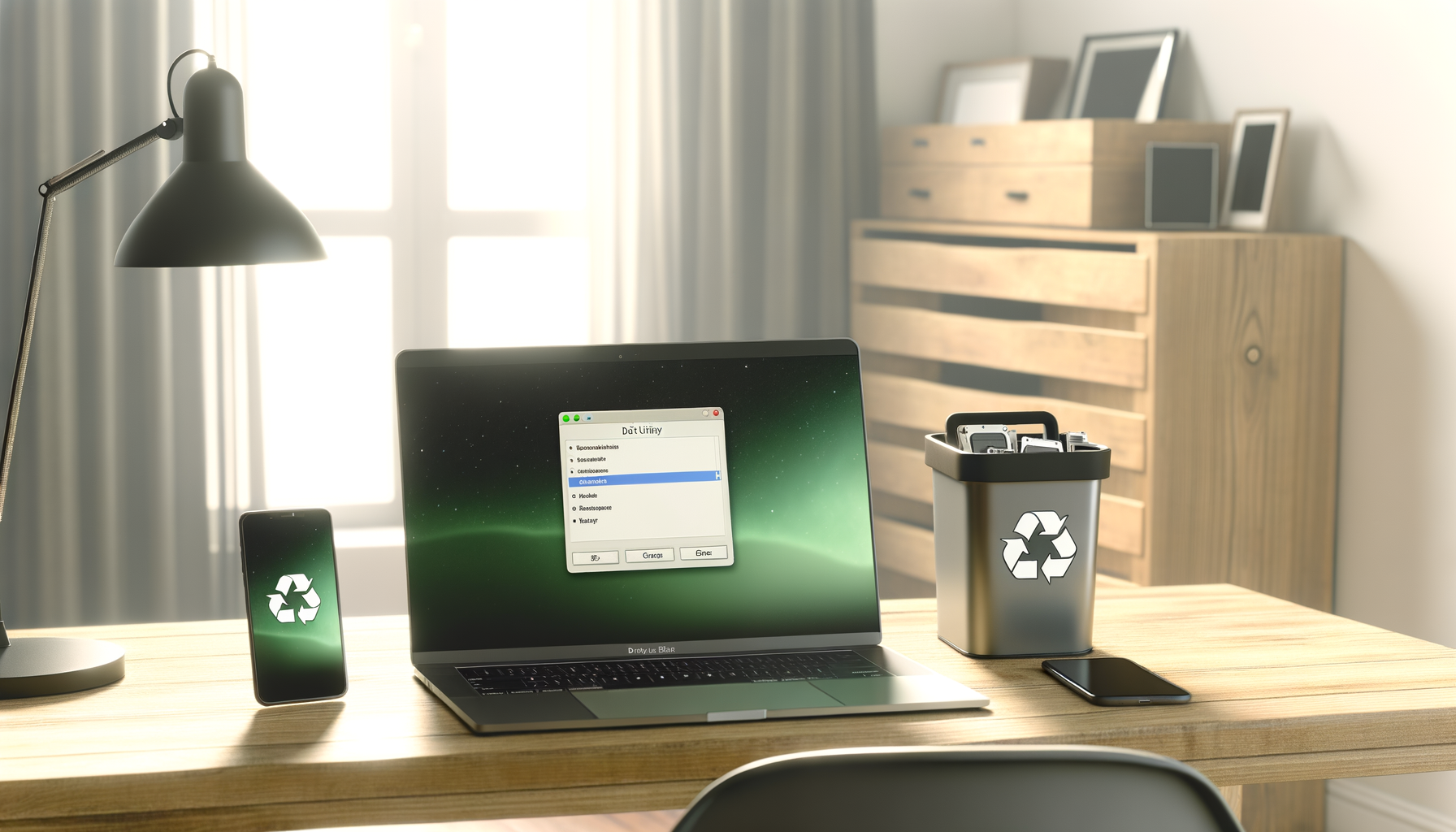In an era where our digital footprint continues to expand, cybersecurity and data protection have become paramount. One area often overlooked is the disposal or resale of old devices. In this comprehensive guide, “Before You Sell: How to Wipe Your Old Devices Clean,” we delve into the best practices to ensure your privacy and data security when parting with your old gadgets. Let’s explore how to effectively erase your data, detect potential threats, and implement defense mechanisms to prevent unauthorized access to your information.
Understanding the Importance of Data Protection

Before we delve into the practical steps, it’s crucial to understand why data protection is so important. Every day, we use our devices to access, store, and share a vast amount of personal and professional information. This data can include sensitive information such as credit card details, passwords, health records, and more. If this data falls into the wrong hands, it could lead to identity theft, financial loss, and other serious consequences. Therefore, it’s crucial to ensure that your old devices are thoroughly wiped clean before they are sold or disposed of.
The Threat Landscape
When it comes to data protection, threat detection plays a significant role. Cybercriminals are constantly developing new methods to infiltrate devices and steal data. Malware, phishing, and man-in-the-middle attacks are just a few examples. Even seemingly harmless actions, like selling an old device, can pose significant risks if not handled properly. For instance, merely deleting files or performing a factory reset may not be enough to completely erase data. Savvy criminals can use data recovery tools to retrieve information that you thought was gone forever.
Effective Data Wiping Techniques

There are several effective techniques to completely erase data from your device. For computers and laptops, you can use built-in utilities like the Disk Utility on macOS or Disk Management on Windows. For smartphones and tablets, a factory reset is usually the first step, but additional measures may be necessary for complete data removal. It’s also worth considering physical destruction for devices that contain particularly sensitive data. However, this should be done in an environmentally friendly manner and only as a last resort.
Defense Mechanisms and Security Measures
Implementing defense mechanisms and security measures is a vital part of protecting your data. One of the most effective ways to secure your device is through full disk encryption. This process converts the data on your device into unreadable code that can’t be deciphered without the encryption key. Other effective security measures include antivirus software, firewalls, and regular software updates. It’s also advisable to disconnect your device from the internet and remove any SIM cards or external storage devices before starting the data wiping process.
Best Practices for Data Protection

To ensure the utmost protection of your data, follow these best practices:
- Always back up your data before wiping your device.
- Use strong, unique passwords for all your accounts.
- Enable two-factor authentication whenever possible.
- Regularly update your devices and applications to get the latest security patches.
Comprehensive Guide: How to Wipe Your Devices Clean
| Device Type | Wiping Procedure |
|---|---|
| Smartphone/Tablet | Factory reset, remove SIM card, disconnect from internet |
| Laptop/Computer | Use built-in disk cleaning utility, disconnect from internet |
Conclusion
As technology continues to evolve, the need for robust cybersecurity measures becomes increasingly important. By following the guidelines outlined in this article, you can protect your personal data and maintain your privacy when selling or disposing of your old devices. Remember, the key to effective data protection is a combination of awareness, preparation, and the right tools.
Thank you for reading. Be sure to explore our other articles for more insights into cybersecurity and technology best practices.









